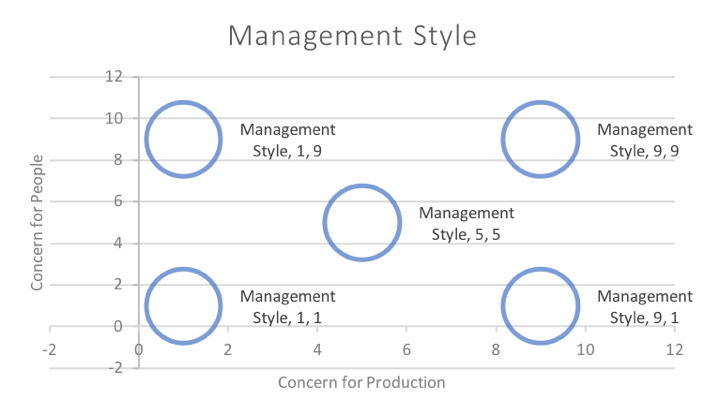Leadership Frameworks6/7/2018
Organisations should ensure that they select competent leaders to guide their employees towards their corporate strategies.
Strong leaders give clear and unified directions to the members of their organisation, which must align with the organisation’s overall objective. Their leadership would establish an organisation’s long-term direction and pace, and clearly define the organisation’s mission and vision.
Effective leaders may adopt different behavioural traits according to the demands of their project. As such, they may use several established frameworks to determine an appropriate leadership style for their organisation.
Leadership Behaviour Model
1. Leadership Categories
According to Tannenbaum and Schmidt’s leadership model [1], which first appeared in an edition of the Harvard Business Review, leadership behaviours may be categorised into three main categories:
2. Factors that Influence Leader Behaviour In deciding which leader behaviour from the continuum to use, Tannenbaum and Schmidt proposed that managers may consider the following attributes:
Managerial Grid
Whilst Tannenbaum and Schmidt’s leadership behaviour model states the various managerial styles that leaders may adopt, the Harvard Business Review has published a managerial grid that evaluates how different leadership styles will influence their subordinates’ behaviour, as well as their work environment.
This managerial grid evaluates leadership behaviour based on two organisational variables—the degree of a leader’s concern for production against their concern for people. This framework uses a numerical scale to categorise the following leadership styles:
references
[1] Tannenbaum, R., & Schmidt, W.h. (1973). How to Choose a Leadership Pattern. Harvard Business Review, 51. pp.162-180.
[2] Robbins S., DeCenzo D., Coulter M., Woods M. (2016). Management The Essentials. 3rd Edition. London, U.K. Published by Pearson Education. pp.306. [3] R.R. Blake, J.A. Mouton, L.B. Barnes & L.E. Greine. (1964). Breakthrough in organization development. Harvard Business Review. pp. 136.
0 Comments
Leave a Reply. |
Join Our Mailing List
Receive fresh insights about finance, HR and strategic planning.
Contact UsBusiness Intelligence and 8nalytics Pte Ltd © 2021
Email
admin@8nalytics.com Location 190 Middle Road #16-08 Fortune Centre Singapore 188979 Phone +65 6255 5101 +65 9655 8948 |
Sitemap |


